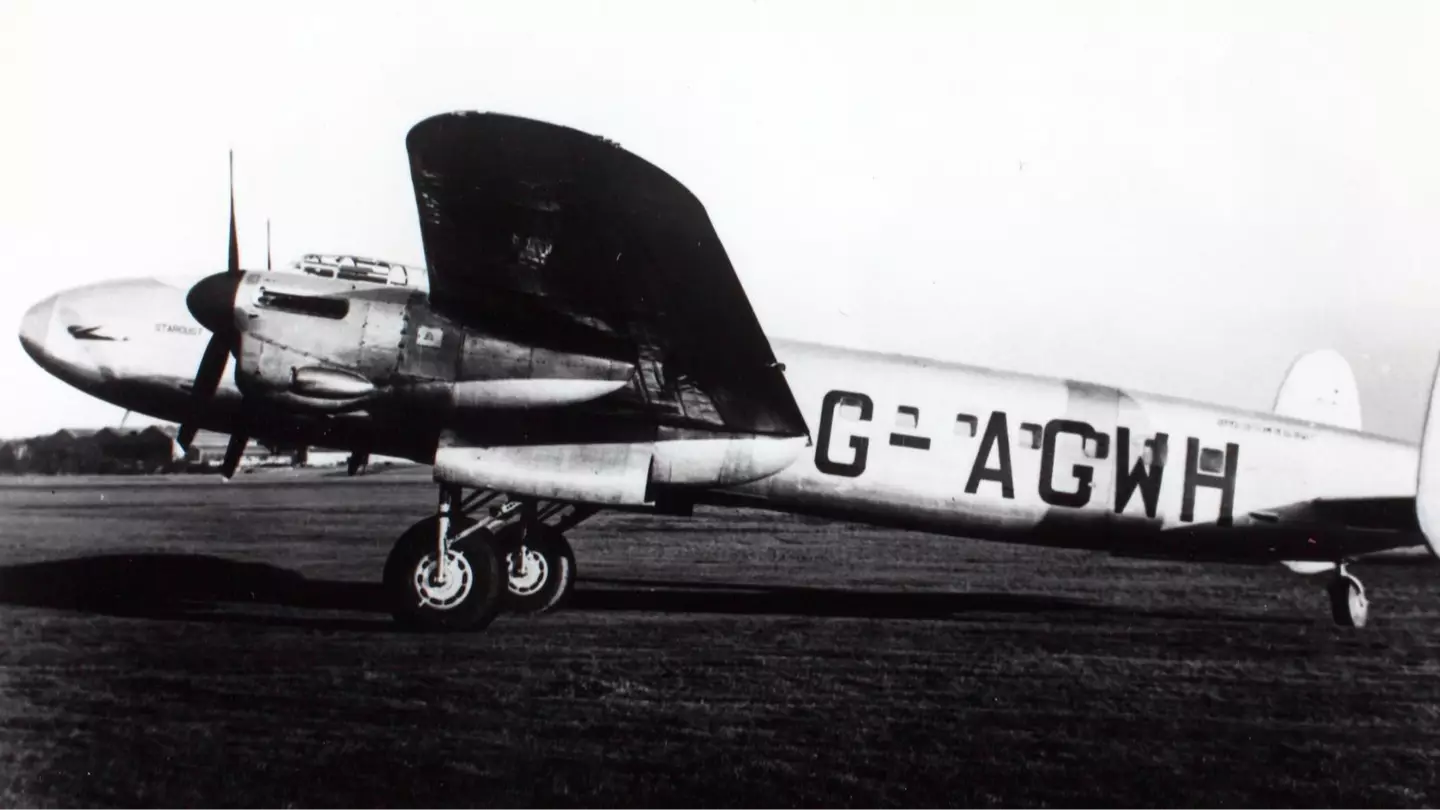
For nearly a century, the world has been left mystified over the disappearance of pioneering aviator Amelia Earhart.
That could all be about to change, after it was announced a research team would be heading to Nikumaroro Island in the western Pacific Ocean after satellite images taken in 2015 appeared to show Earhart's missing plane.
While Earhart's disappearance captured global attention, just a decade later another, lesser-known mystery went unsolved for more than 50 years - the disappearance of a British South American Airways flight known as Star Dust, which vanished while flying from Buenos Aires, Argentina, to Santiago, Chile.

Advert
The BSAA flight CS59 took off at 1.46pm on 2 August 1947 and all appeared well when the radio operator sent a Morse code message to the airport in Santiago at 5.41pm, telling them to expect their arrival at 5.45pm. However, the flight never arrived.
Teams from Chile and Argentina were deployed to search for the missing flight, but after an extensive five-day search, nothing could be found.
Initially, it was hoped that no matter what fate had met the mysterious flight, there had been survivors, after an amateur radio operator claimed to have received a faint SOS signal from the aircraft, but no-one could be found.
For years after Star Dust's disappearance, rumours and theories were rife about what could've happened, with some even suggesting the aircraft had been intercepted and destroyed by a UFO.
More than 50 years later, however, a couple of Argentine mountaineers were climbing up Mount Tupungato when they discovered the wreckage of a Rolls-Royce Merlin aircraft engine, as well as shreds of clothing in the Tupungato Glacier some 15,000ft high.
Advert

In 2000, during an Argentine Army expedition, human remains were discovered in the same area, including three torsos, a foot and a hand. The area was then extensively searched and, by 2002, the bodies of five of the eight British men on board Star Dust had been identified.
While its impossible to know exactly what happened on that fateful day, it's widely believed that a navigational error and poor understanding of jet streams could have led the crew to believe they were over the Andes when in actual fact they were still directly above. A plane propellor that was recovered at the site suggests the engine had been running at near-cruising speed at the time of the crash.
Heavy clouds would have blocked visibility, and if the pilot began the descent before the aircraft had cleared the mountains, it could have caused the collision.
Topics: History, Amelia Earhart
